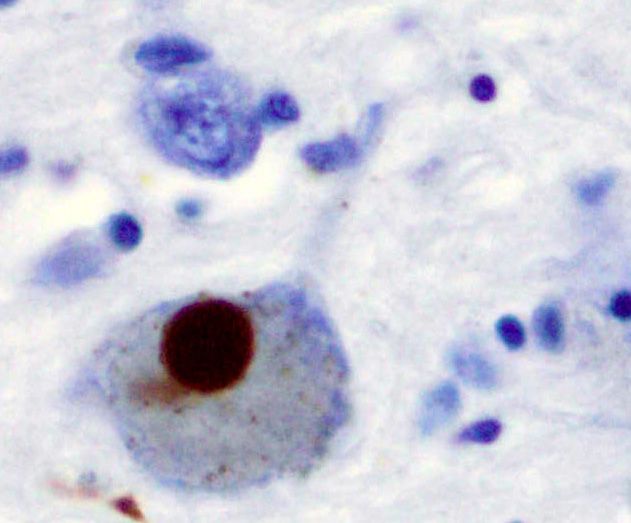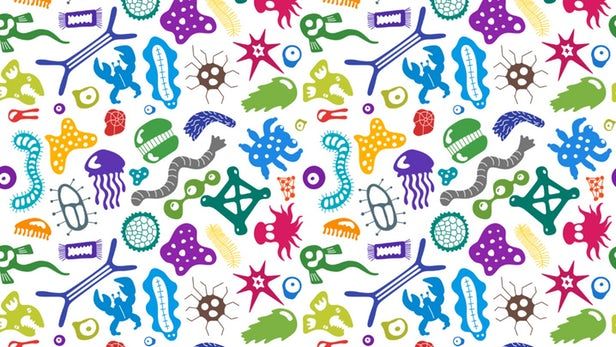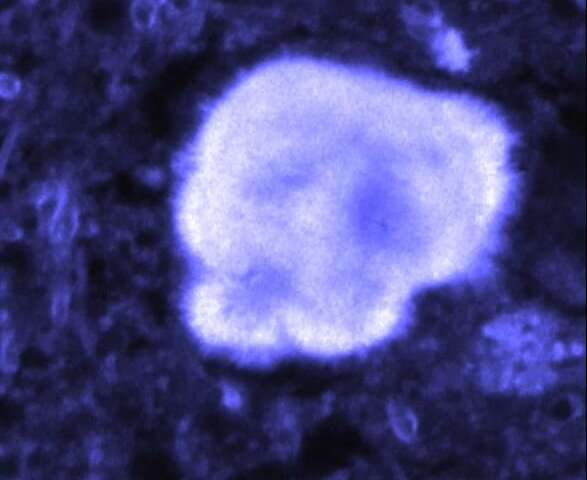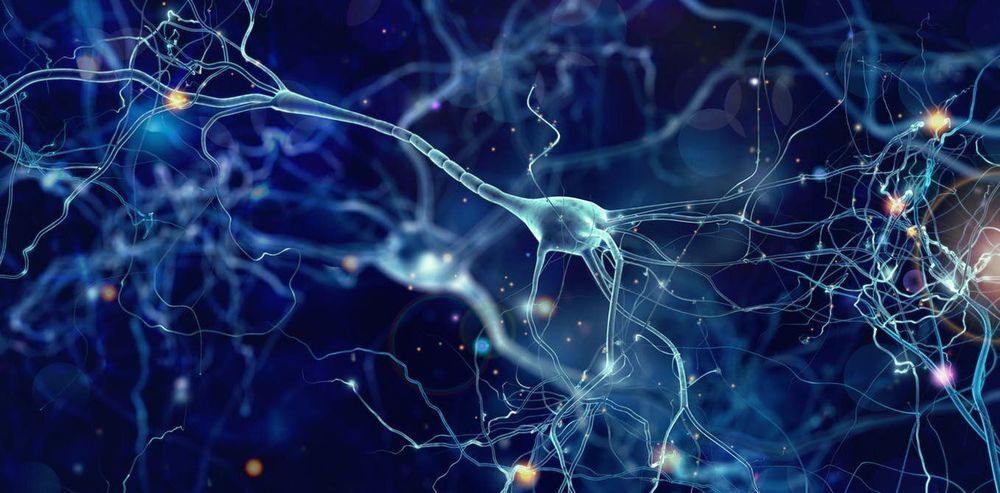Exposure to environmental pollutants can cause alterations in brain development that affect sexual development and fertility for several generations, according to findings to be presented in Lyon, at the European Society of Endocrinology annual meeting, ECE 2019. The offspring of pregnant rats exposed to a mixture of common endocrine-disrupting chemicals (EDCs), at doses equivalent to those commonly experienced by people, showed impairments in sexual development and maternal behaviour that were passed on through several generations. These findings suggest that current levels of endocrine-disrupting chemicals in our environment may already be causing long-lasting harm and that people and agencies should take measures to minimise exposure.
Endocrine-disrupting chemicals can interfere with the normal function of our hormones and have previously been associated with infertility and altered sexual development in animals and people. We are exposed to hundreds of these pollutants in our daily lives, as they are used in the manufacture of plastics, pesticides and medicines. However, the extent of damage being done to our health and the consequences to future generations remains unclear. Rodent studies have suggested that exposure to EDCs can affect brain development through several generations but the generational effects on sexual development and reproduction have not previously been investigated.
In this study, David Lopez Rodriguez a graduate student in Anne-Simone Parent’s lab at the University of Liege in Belgium monitored the sexual development of three generations of rats, whose parent generation only were exposed to a mixture of common EDCs during pregnancy and lactation. The female rats born in the first and second generation showed impairments in their care for their own pups. However, the female rats in the second and third generation exhibited a delayed onset of puberty and altered reproductive cycle and ovarian follicle development, indicating that their fertility was affected, even though they were never themselves exposed to the EDCs. These changes were associated with altered gene expression in their brains that are known to affect how reproductive hormones are regulated.
Read more








